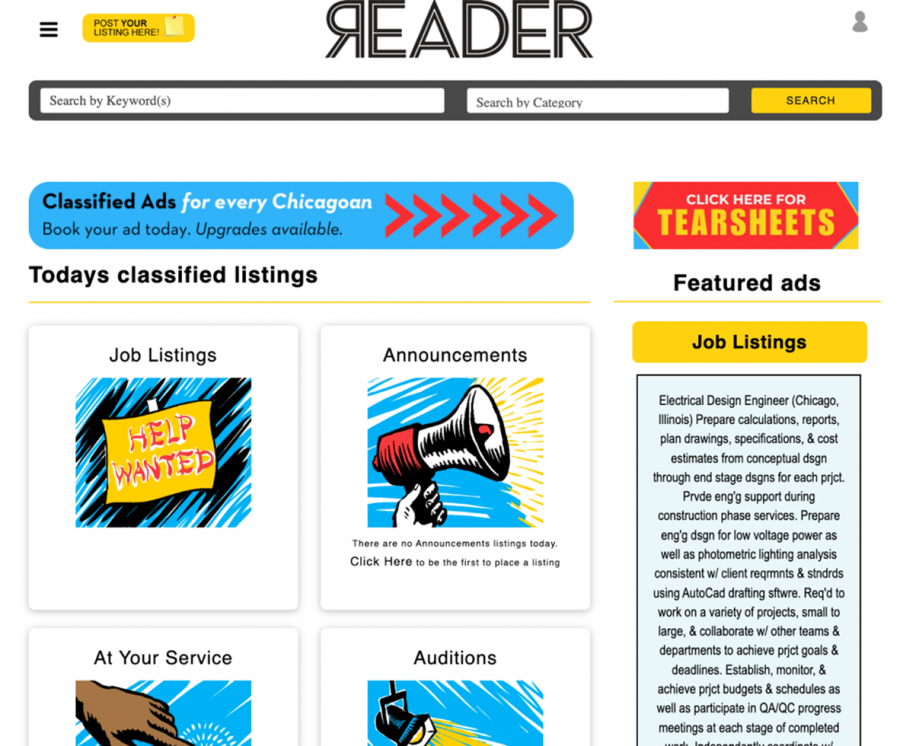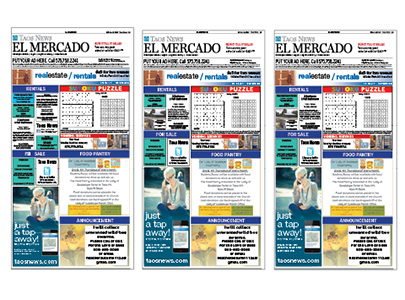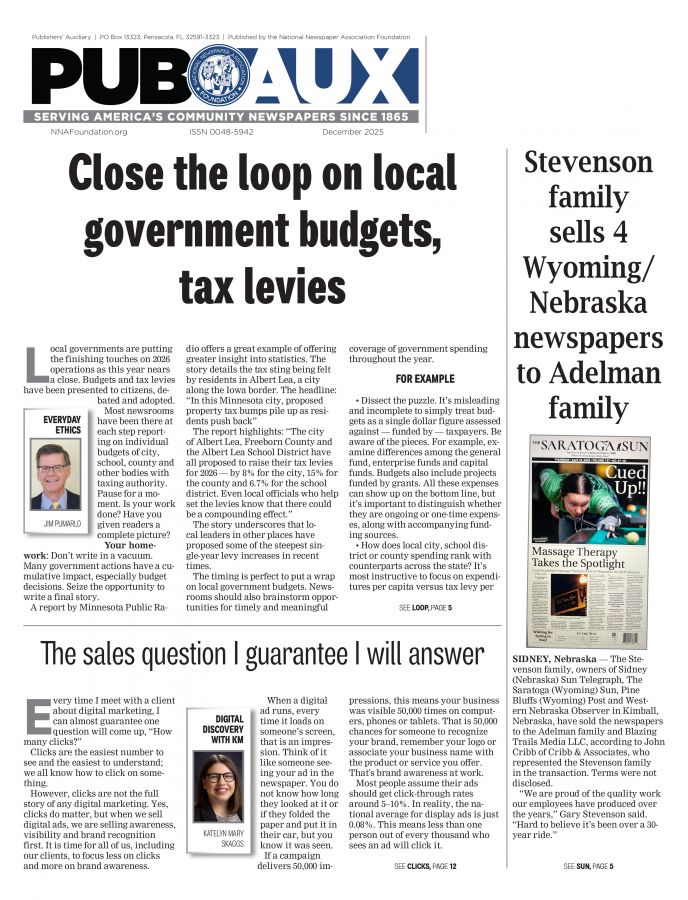Who generates classified ad sales?
Chip Hutcheson
Jan 1, 2025


Have you ever stopped to think about what jobs in 2025 no longer exist today?
Perhaps the newspaper industry has seen a disproportionate share in comparison to other businesses. That’s reflected by the drastic personnel cuts in many newspapers across the country.
Digital cameras led to the demise of darkrooms. Computers and page–layout programs eliminated the need for a composition department to layout pages. Rarely do weeklies and small dailies have an employee whose sole task is to shoot photographs.
And not to be forgotten are those who worked to generate classified ad sales.
Let’s go back 30 years, and the rule of thumb for newspaper revenue was that a third came from ROP advertising, a third came from circulation and a third came from classified advertising. That model disappeared long ago. Discovering a robust classified section is a rarity. Rupert Murdoch once described classifieds as “rivers of gold” — but those rivers have dried up.
Go back 20 or more years, and classified ad sales boomed with people selling and buying cars with a classified. The same held true with home sales. Until a decade ago, our newspaper typically would have a quarter page of yard sale and garage sale ads at the beginning of each month. In the mid 1990s, we brought in a classified consultant to help train people whose primary function was to sell classified ads. Perhaps the best advice he provided was for the person taking the ad to say: “If you give more details, you are more likely to get more responses.” That proved to be true — and in the process boosted the income from classifieds.
But my, how times have changed. Someone looking to buy or sell a home will typically go to a dealer or agency website, as well as Facebook or other social media first. And let’s concede that it is often quite effective. Not long ago, I was in the market for a new vehicle and visited three dealership websites. Next thing I knew, my Facebook feed was plentiful with car dealers and their suggestions — some dealers from within a few miles from me and others from the opposite end of the state and even some from out of state.
But the proliferation of digital alternatives is not the only thing that has led to the downfall of classified revenue. Not having a person to be the “champion” of classifieds is a factor, as well. We offered free classifieds to people selling an item for less than $100, and even those placements dropped considerably a decade ago. I believe that is due today, in large part, to the difficulty in many markets to place a classified. Take a look at most newspapers and you might find filler ads promoting classifieds, but quite often, there is no mention of how to place them.
Yes, there is plenty of doom and gloom related to the classified advertising situation. But there is still money to be made and a valuable service to be provided. One caveat needs to be made, though. If you want to build any type of classified model, you cannot forget circulation. The more readers you have, the more likely you are to attract classified ads.
Most classified space these days seem to involve public notices, bid invitations and help wanted. You see repeated mention in Pub Aux of the necessity of making public notices prominent and promoting the value of public notices to your readers. Public notices in print — in your newspaper — are valuable from the civic democracy viewpoint. Those notices inform the public of government-related activity, which could have a major impact on the lives of readers.
Newspapers are still a valuable tool for businesses and government entities to get the word out about job openings. Some firms are looking for local help — not interested in hearing from someone with no connection to the community, so the digital offering isn’t very appealing. That might be a short-sighted approach, but it is a reality. The advice mentioned previously by the consultant applies here — whoever takes the ad should encourage using as much detail as possible to attract more potential hires.
With classified revenue down substantially from the past, look for ways to supplement that lost revenue. Recently, we have seen several papers offering paid “pet tributes” or “pet obituaries.” I admit to chuckling when seeing those promotional ads, but it makes sense — people who love their pets may be willing to pay handsomely for their pet to be memorialized in your newspaper.
Also, if your newspaper does not offer a service directory, consider starting one. Sell 2x2 ads for a minimum run of 13 weeks. These can be attractive to plumbers, electricians, heating and air companies — even insurance agencies. Brainstorm by driving down the main streets of your town and seeing what businesses are there that are not considered retail. Then make a call (or preferably a visit) and suggest that advertising in your service directory would put their name and contact information in public view every week.
The hook is to mention that even if no one is in the market for their services that day, the unexpected happens — and what that does, people look for a quick remedy. They can find the answer to their situation in your service directory.
Rather than bemoan the loss of classified revenue, have an open mind about new products that your newspaper can offer that would provide a service to readers while generating dollars at the same time. One way to do that is to consider what Robert Williams writes each month in Pub Aux in his “Great Ideas” article. Those ideas can be a springboard to bringing in dollars from new sources.
Chip Hutcheson is the retired publisher of The Times Leader in Princeton, Kentucky. He was NNA president in 2015. He currently serves as a content strategist for Kentucky Today, the online news website of the Kentucky Baptist Convention. chiphutcheson@yahoo.com










